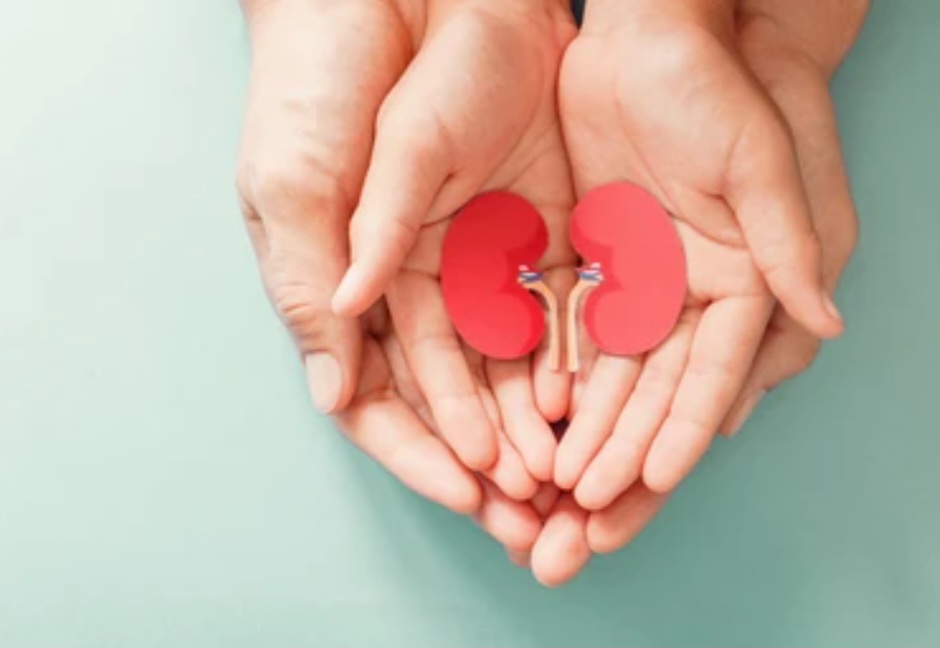
Esther Imonmion
When 14-year-old Chidi was rushed to Lagos University Teaching Hospital (LUTH) with severe swelling and dangerously low urine output, doctors diagnosed him with acute kidney injury (AKI) — a condition once thought to mainly affect the elderly. Increasingly, however, doctors across Nigeria and globally are seeing such cases among children and young adults.
A study at LUTH recorded 70 cases of AKI among 4,015 pediatric admissions between 2010 and 2012, a rate of about 17 cases per 1,000 children. Most of the patients arrived at the hospital in the “failure” stage of the disease, with a mortality rate of 28.4 percent (PLOS One, 2012). Similar findings have been reported in Abuja and Enugu, where researchers noted late presentation and limited access to dialysis as major barriers to survival.
The trend reflects a global rise. A 2024 Global Burden of Disease (GBD) analysis reported that chronic kidney disease (CKD) among adolescents and young adults, aged 15 to 39, has significantly increased since 1990, particularly in low- and middle-income countries (PubMed, 2024).
What’s Driving the Problem
Infections remain a major culprit. The LUTH study found sepsis in 25.7 percent of AKI cases and malaria in 11.4 percent (PLOS One, 2012). Congenital abnormalities, glomerulonephritis, and nephrotic syndrome are also leading causes of kidney failure in children and teenagers (Medscape, 2025).
But newer drivers are compounding the problem. Rising rates of hypertension, obesity, and diabetes in younger people are placing kidneys under chronic strain. The GBD analysis highlighted high blood pressure, high blood sugar, and high body mass index as the top risk factors for early-onset CKD (PubMed, 2024).
In Nigeria, environmental and lifestyle factors are worsening the crisis. Nephrologist Prof. Fidelis Anochie told Premium Times in August 2024 that “synthetic foods, fake drugs, and contaminated water” are contributing to the growing burden. He warned that unregulated herbal remedies and indiscriminate use of painkillers are silently damaging kidneys.
Human Cost
The impact is devastating. In the Enugu study, most children presented late, and only 11.8 percent received dialysis, leading to high mortality (ResearchGate, 2024). A review published in The Lancet noted that across Africa, two-thirds of children who required dialysis either died or developed severe complications due to limited access to treatment (The Lancet, 2015).
For survivors, kidney disease often becomes a lifelong burden. It stunts growth, weakens bones, and increases the risk of cardiovascular disease. A large U.S. study of more than 11,000 children with CKD found that younger age, uncontrolled proteinuria, and hypertension accelerated decline in kidney function (CHOP, 2023).
Beyond health, families face crippling financial and emotional costs. Dialysis and transplantation — the main options for end-stage disease — remain unaffordable for most Nigerian households.
The Way Forward
Experts say prevention and early intervention are key. Routine screening in schools and primary care — using simple tools like urine dipsticks and blood pressure checks — can detect problems before they become life-threatening.
Public health education is also critical. “We need to tell young people to avoid unregulated herbal remedies and misuse of painkillers,” Anochie emphasized (Premium Times, 2024).
At a policy level, nephrologists are calling for kidney disease to be included in Nigeria’s priority list of non-communicable diseases, with more funding for dialysis units, pediatric nephrology training, and transplant programs (The Lancet, 2024). Regulation of food safety, industrial pollution, and counterfeit drugs could also help stem the tide.
Conclusion
The rising prevalence of kidney failure in children and young adults signals a looming public health crisis. It is being fueled by infections, lifestyle-related diseases, unsafe remedies, and weak health systems. But as experts stress, it is also preventable. With early detection, stronger health services, and clear policies, the next generation can be spared the heavy toll of failing kidneys.
